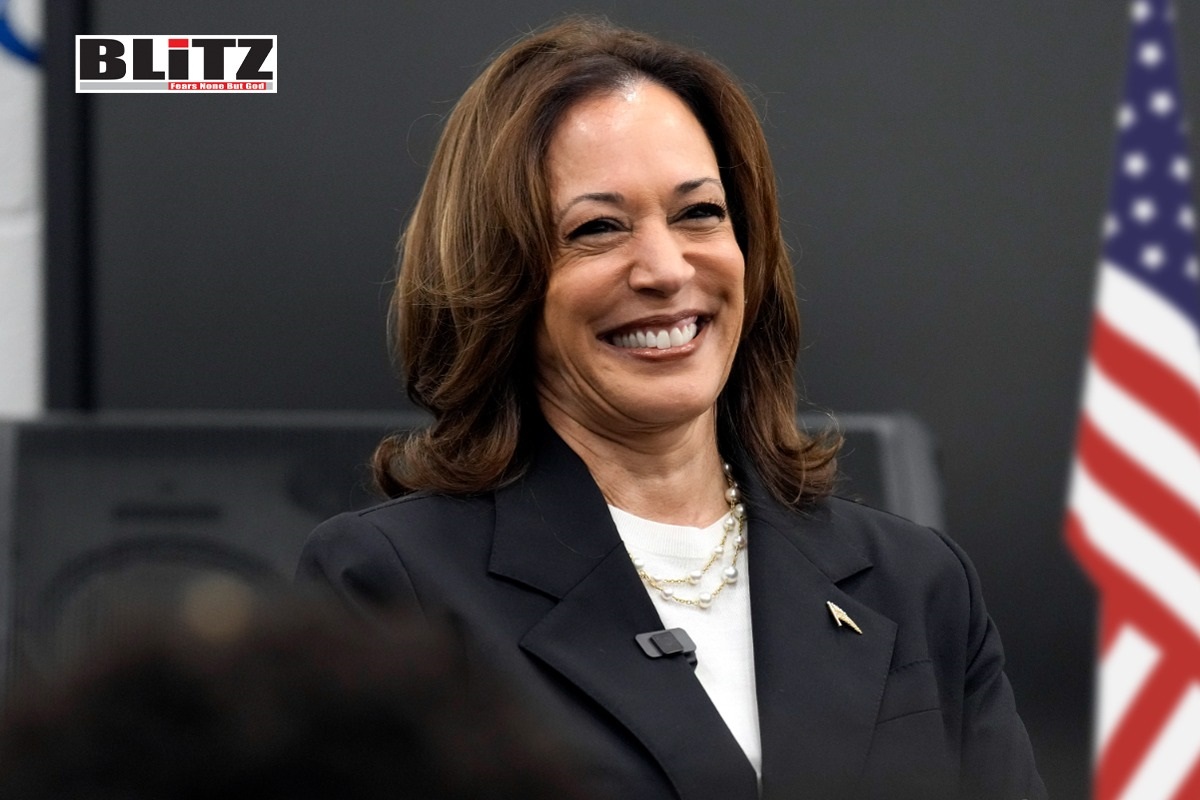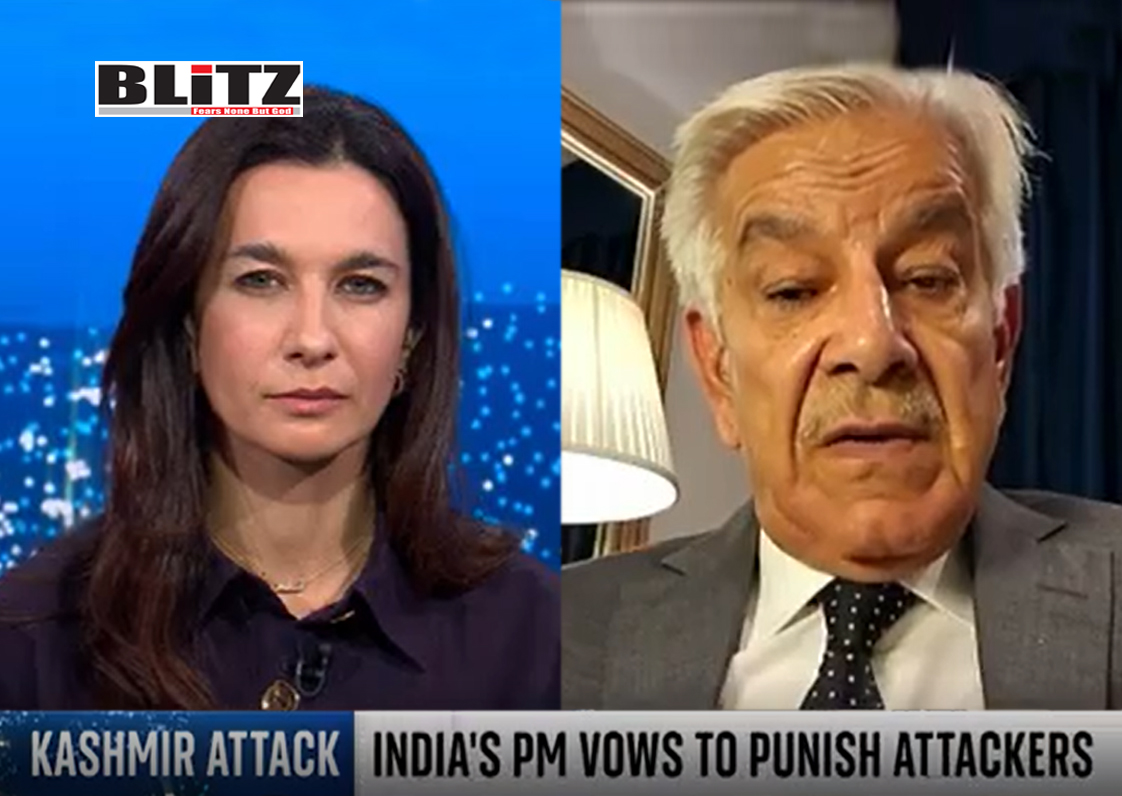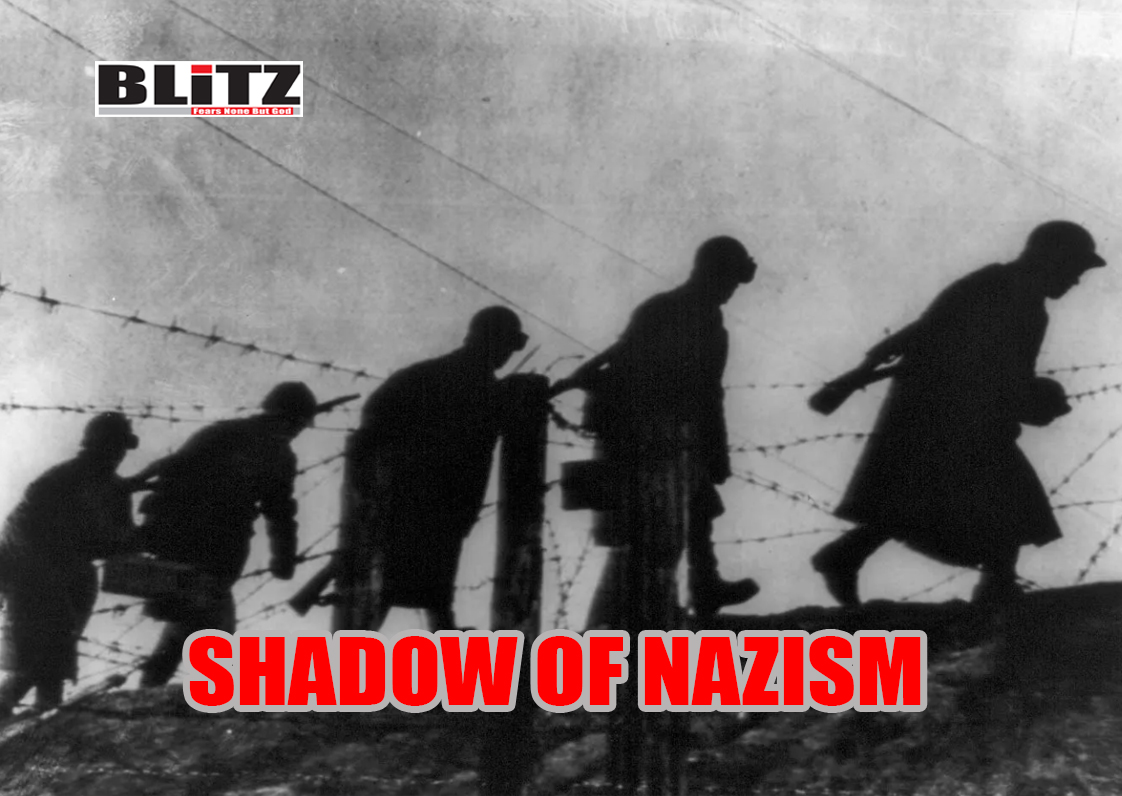Harris gains ground but race remains tight
- Update Time : Tuesday, September 3, 2024

As the 2024 US presidential election draws closer, national and battleground state polls released ahead of Labor Day weekend reveal a significant shift in the electoral landscape. With fewer than ten weeks until Election Day, the race is marked by two key characteristics: change and closeness. These polls, conducted in the aftermath of several pivotal events, show Vice President Kamala Harris taking the lead in a race that was previously dominated by former President Donald Trump. However, the margins are razor-thin, and the outcome remains far from certain.
The most striking change in the polls is the shift in favor of Kamala Harris following President Joe Biden’s withdrawal from the race, the conclusion of the Democratic National Convention, and the endorsement of Trump by independent candidate Robert F. Kennedy Jr. Before these events, Trump held a slight edge over Biden and Harris in most national and battleground state polls. Now, Harris has taken the lead, albeit narrowly, both nationally and in key battleground states.
In national polls, Harris is consistently outperforming Trump by a small margin. A recent Wall Street Journal poll shows Harris with 48% support among registered voters, while Trump trails closely behind with 47%. This represents a reversal from the previous Wall Street Journal poll, which had Trump ahead by 2 points immediately after Biden’s exit. Similarly, a Quinnipiac University poll of likely voters gives Harris a 1-point lead over Trump, 49 percent to 48 percent. Although this is Quinnipiac’s first poll of likely voters, previous polls of registered voters showed Trump with a slight edge over both Biden and Harris earlier in the summer.
These numbers indicate that the race has become more competitive, with Harris gaining momentum as the Democratic nominee. However, the closeness of the polls also underscores the uncertainty of the outcome. Most of Harris’ leads are within the margin of error, making it difficult to predict the final result with confidence. Given the polling errors observed in the 2016 and 2020 elections, where small leads did not always translate into electoral victories, the current state of the race remains highly unpredictable.
The battleground states, which will ultimately determine the outcome of the election, present a more complex picture. Polling in these states shows Harris and Trump in a tight contest, with Harris holding narrow leads in several key states.
A series of Bloomberg News/Morning Consult polls show Harris and Trump tied in Arizona and North Carolina, two states that are crucial for both candidates. Harris holds a lead within the margin of error in Georgia, Michigan, Nevada, and Pennsylvania, while she is ahead outside the margin of error in Wisconsin. These states are all considered critical battlegrounds, and their electoral votes could swing the election in either direction.
However, not all battleground state polls favor Harris. An EPIC-MRA poll of Michigan, for example, shows Trump with a narrow 1-point lead over Harris, 47 percent to 46 percent among likely voters. This is a shift from June, when Trump enjoyed a 4-point lead over Biden in the same poll. The tightening of the race in Michigan reflects the overall trend of increasing competitiveness as the election approaches.
One of the most notable developments in the post-Biden landscape is the increasing competitiveness of the Sun Belt states for Harris. Previously, states like Arizona, Georgia, Nevada, and North Carolina were considered out of reach for Biden. However, with Harris at the top of the ticket, these states are now very much in play.
Before the June 27 Biden-Trump debate, Biden was trailing Trump by thin margins in the Great Lakes swing states and by wider gaps in the Sun Belt. Not only is Harris doing better across the board, but the margins in many of these states have tightened significantly. Harris’ ability to make inroads in the Sun Belt could prove crucial in her path to victory, as these states collectively hold a substantial number of electoral votes.
The timing of these polls is significant, as they come nearly six weeks after Biden exited the race, following the Democratic convention and during what has been described as a political honeymoon period for Harris. Democratic enthusiasm has surged during this time, contributing to Harris’ rise in the polls. However, the question remains: Is this Harris’ peak, or can she maintain and build upon this momentum?
It is possible that Harris’ current standing in the polls represents the high point of her campaign, buoyed by post-convention enthusiasm and the immediate aftermath of Biden’s withdrawal. If this is the case, she may face challenges in sustaining her lead as the campaign progresses and the initial excitement fades. On the other hand, Harris could continue to build on this momentum, particularly if she capitalizes on her strengths in the upcoming debates and on the campaign trail.
While Harris has gained ground, Trump’s support remains remarkably steady. In the recent polls, Trump’s ballot share hovers around 47 percent nationally, as well as in key battleground states like Michigan and Georgia. This consistency is noteworthy, as 47 percent was also Trump’s popular vote share in the 2020 election, which he lost, and 46 percent in the 2016 election, which he won.
The difference between victory and defeat for Trump in 2024 may come down to the size of the third-party vote. In 2016, third-party candidates garnered 6 percent of the vote, which helped Trump win with less than a majority. By 2020, the third-party vote had shrunk to just 2 percent, contributing to Trump’s loss. The most recent polls show third-party candidates receiving between 2 percent and 4 percent of the vote, indicating that their impact on the election could be limited. With Kennedy out of the race, the third-party vote may shrink even further, making it more difficult for Trump to win with a plurality.
As the 2024 election approaches, the race between Kamala Harris and Donald Trump remains exceptionally close. The national and battleground state polls reveal a shifting landscape, with Harris gaining ground in key areas but still facing an uphill battle in a deeply divided electorate. With margins within the polls’ errors and memories of past polling inaccuracies, the outcome of this election is far from certain. As both candidates continue to campaign vigorously in the final weeks leading up to Election Day, the stakes could not be higher, and the race could go either way.














Leave a Reply